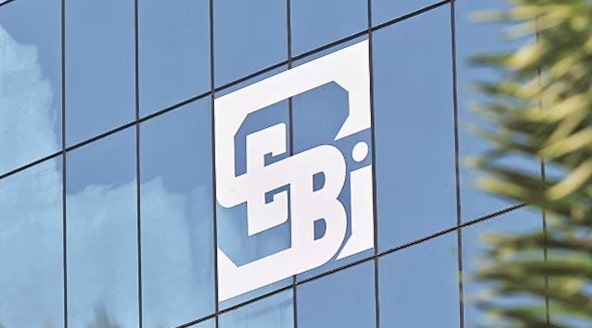Understanding SEBI’s Rationale Behind India’s High Market Multiples
In a recent address at the Confederation of Indian Industry’s 17th Annual Corporate Governance Summit, Madhabi Puri Buch, the Chairperson of the Securities and Exchange Board of India (SEBI), offered insights into the high price-to-earnings multiples observed in Indian markets. Buch attributed these elevated valuations to global investors’ confidence in India’s economic momentum and highlighted the significance of understanding market dynamics amidst discussions about valuation froth.

Buch’s remarks come in the wake of her earlier observations in March regarding the presence of “pockets of froth” in certain market segments. These observations, along with her concerns about potential manipulations in some segments, had prompted a correction in small-cap stocks.
India’s ascent to the position of the fourth-largest stock market by the value of shares in late January has also spurred discussions about valuation levels. The price-to-earnings (P/E) ratio, a key metric for evaluating stock valuations, has been a focal point of these discussions. A high P/E ratio may suggest overvaluation, while a low ratio could indicate undervaluation relative to earnings.
Addressing these concerns, Buch emphasized, “Why is it that our markets are commanding… this price-to-earning multiple, which is higher than not only the averages of the world indices but also when compared with various nations at 22.2? Yes, some people say that we are an expensive market, but still, why is the investment coming?” She underscored that the robust investment inflows reflect global optimism and trust in India’s economic prospects.
Buch pointed to key economic indicators such as direct and indirect tax collections, as well as energy consumption data, to bolster her argument about the economy’s momentum. Notably, GST collections have surged from an average of Rs 1 lakh crore to around Rs 1.7 lakh crore, signalling positive growth trends. These indicators, according to Buch, have translated into a “hockey-stick effect” in the markets, with market capitalization witnessing remarkable growth over the past decade.
The SEBI chief highlighted the phenomenal rise in India’s market capitalization, which has grown from Rs 74 lakh crore to one times the GDP. India’s weight in the emerging markets index has also surged from 6.6 to 16.6, reflecting its increasing prominence on the global stage.
Maruti Suzuki’s stock surged 4% to Rs 12,722.70, propelling its market cap to a staggering Rs 4 lakh crore on the NSE. This marks a remarkable 50% increase in value over the past year. The company’s stellar performance places it among top stocks like Reliance, TCS, HDFC Bank, Bharti Airtel, SBI, Infosys, LIC, ITC, and HUL. Meanwhile, the BSE Sensex witnessed a robust rally, soaring over 2% in just three days. Investors reaped substantial gains, with market capitalization increasing by a whopping Rs 10.58 lakh crore, reaching an all-time high. Positive equity markets, bolstered by reform initiatives and political stability, drove investor confidence to new heights.
Moreover, amidst these market dynamics, transformative initiatives like the Unified Payments Interface (UPI) are reshaping India’s digital landscape, fostering economic growth and job creation. UPI’s role in enhancing financial inclusion and empowering individuals underscores the profound impact of technological advancements on India’s economic trajectory.

Meet Suhas Harshe, a financial advisor committed to assisting people and businesses in confidently understanding and managing the complexities of the financial world. Suhas has shared his knowledge on various topics like business, investment strategies, optimizing taxes, and promoting financial well-being through articles in InvestmentDose.com


